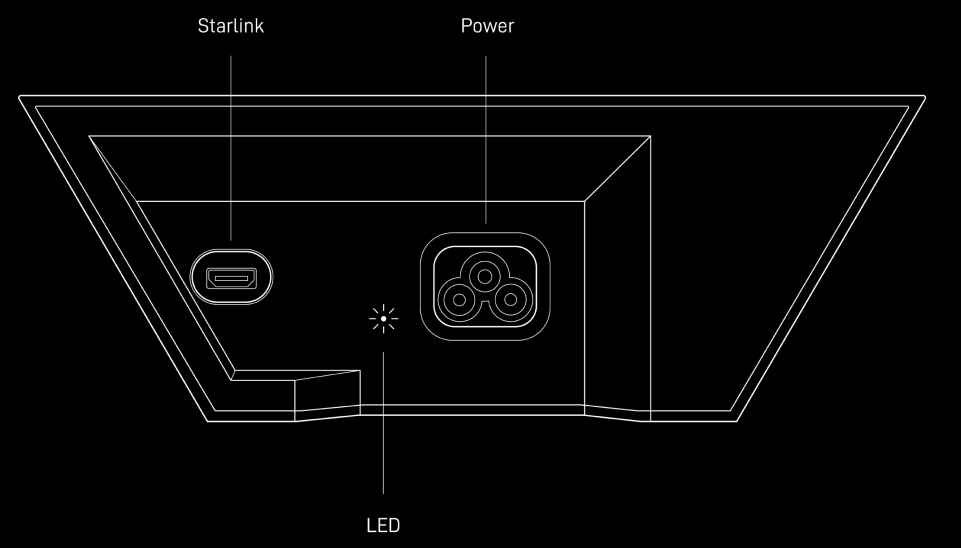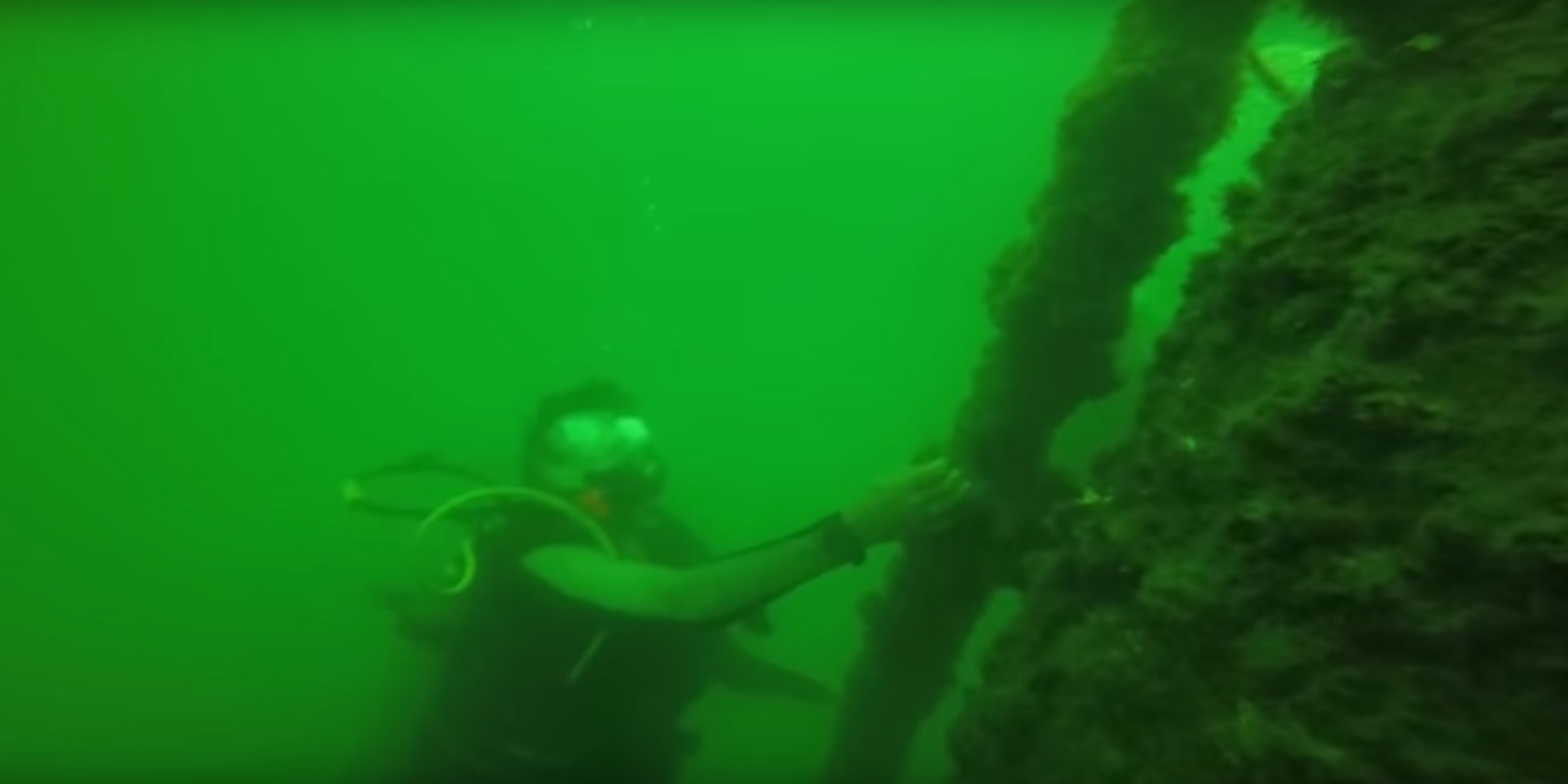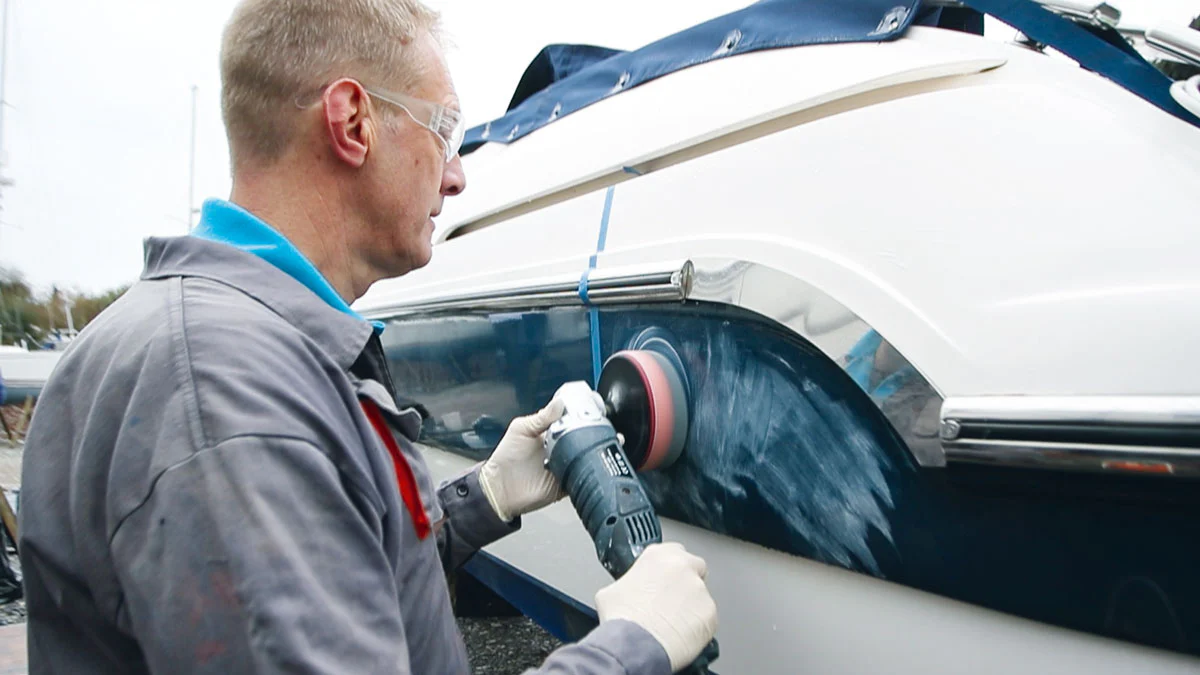Starlink for Boats Ultimate Guide: Seamless Connectivity on the High Seas
Having a reliable internet connection onboard boats and yachts has always been a challenge, but thanks to SpaceX's Starlink Maritime, access to high-speed connectivity while at sea is now a reality for sailors and maritime professionals. Starlink Maritime is a satellite internet plan designed specifically for boats, ships, and other water transportation, providing fast internet speeds in coastal areas of the USA and Europe.
This ultimate guide to Starlink for boats will explore the technology behind Starlink's satellite communication system and its benefits for the maritime industry. The plan is intended for large vessels, with an expensive upfront fee and a hefty monthly recurring fee, making it suitable for superyachts, cruise ships, and tankers. We will delve into the installation process, hardware requirements, and considerations for selecting the best Starlink package for your maritime needs.
In addition to discussing the performance of Starlink's internet service on boats, this guide will also touch upon potential challenges and limitations that users may face while at sea. From signal strength to compatibility with existing shipboard systems, it is essential to be well-informed about the ins and outs of Starlink Maritime before making the investment in this cutting-edge technology.

Starlink: A Brief Overview
Starlink is a satellite-based internet service developed by SpaceX, with the goal of providing reliable high-speed internet access to all corners of the Earth. Launched in 2018, the project involved deploying a constellation of thousands of small satellites orbiting at low Earth orbits (LEOs). This unique network infrastructure enables significantly reduced latency and faster communication compared to traditional satellite services that rely on higher geostationary orbits.
In its initial stages, Starlink primarily offered internet access to rural and underserved areas where traditional broadband services were limited or nonexistent. However, the scope of the project has since expanded to cover various industries and applications, including maritime services. Recognizing the need for connectivity in ocean-going vessels such as ships, yachts, and cruise liners, SpaceX launched Starlink Maritime to cater to these specific requirements.
Starlink Maritime brings high-speed satellite internet to the seas, enabling vessels to maintain connectivity even when sailing far away from the shore. This service offers broadband speeds comparable to those provided in coastal areas of the USA and Europe, allowing users to access the internet for browsing, streaming, and communication under normal conditions. With download speeds of up to 350 Mbps and upload speeds between 5 to 20 Mbps, Starlink promises to provide a viable solution for internet connectivity at sea.
However, it is essential to note that Starlink Maritime has a high upfront cost and a significant monthly fee to maintain the service, particularly targeted at large vessels, such as oil rigs, and luxury yachts. This investment helps ensure that customers receive access to a reliable satellite network, professional grade hardware that can withstand challenging environments, and dedicated maritime support from SpaceX.

Boat Connectivity Challenges
Boat owners face various connectivity challenges when attempting to access the internet while at sea. One primary concern is obtaining a stable and reliable connection, as traditional options like cellular networks can be limited or unavailable due to distance from cell towers or signal interference.
Another issue arises from the constant movement of boats on water. Even at anchor or in a marina, a boat's position can shift, causing the signal to weaken or disconnect. This movement poses difficulties for satellite systems that require a clear line of sight and precise positioning to maintain connectivity.
In addition to these physical challenges, there is the complexity of integrating multiple communication systems on a boat, such as cellular, satellite, and Wi-Fi networks. Seamless integration of these systems is crucial for ensuring uninterrupted coverage and transitioning between connections.
Cost is also a concern for many boat owners. Internet service providers typically charge a premium for maritime connectivity solutions, with subscription fees and hardware expenses adding up over time. Moreover, available options may have restrictive data caps, slow speeds, or limited coverage areas, which can hinder optimal connectivity onboard.
Despite these challenges, solutions like Starlink are emerging as potential options for boat owners looking to improve connectivity while at sea. With its expanding network of low Earth orbit satellites, Starlink aims to provide global maritime coverage with speeds up to 220 Mbps, providing a more reliable alternative to traditional connectivity options.

Why Consider Starlink for Boats
As remote connectivity becomes more crucial for boaters, Starlink offers several benefits to consider when looking for an onboard internet solution. In this section, we will discuss the high-speed internet and global coverage aspects of Starlink for boats.
High-Speed Internet
One of the most significant advantages of Starlink for boats is the provision of high-speed, low-latency internet access. Thanks to its growing network of low-Earth orbiting (LEO) satellites, Starlink can provide broadband internet services that are both fast and reliablesource. This means that whether you're sailing for pleasure or conducting business on the water, you can maintain seamless connectivity for activities such as video conferencing, streaming, and downloading large files.
Furthermore, Starlink's internet speeds surpass those offered by traditional satellite internet providers, ensuring a smoother online experience comparable to land-based broadband services.
Global Coverage
Another advantage of Starlink for boats is its potential for global coverage. With its extensive network of LEO satellites, Starlink aims to provide uninterrupted internet connectivity to even the most remote locationssource. This proves particularly beneficial for boaters who venture far offshore or into areas where other communication services may be limited or non-existent.
By leveraging the advantages of Starlink's global coverage, boaters can remain connected wherever their journey takes them – ensuring they can stay informed, entertained, and in touch with friends and family back home.

Starlink Hardware and Installation
Starlink Dish
The Starlink Dish, also known as Dishy, is the main component for receiving satellite signals. It has a motorized system to automatically adjust and maintain the best possible alignment with the Starlink satellites. It's crucial to place the dish in a location with an unobstructed view of the sky for optimal performance. When setting up Dishy, use the Starlink app to check for obstructions and follow the on-screen instructions.
Mounting Options
There are various mounting options available to suit different boat types, such as pole mounts, rail mounts, and non-penetrating roof mounts. Be mindful that the mounting location should be unobstructed and provide a stable platform for the dish. Selecting the right mount is essential to securely and effectively install Dishy on your boat.
Power Supply
Powering Dishy on a boat requires an appropriate power supply. One available solution is to use a Power Over Ethernet (POE) adaptor, which simplifies the setup, saves space, and reduces power consumption. It allows Dishy to be powered directly from the boat's DC 12v house bank instead of the standard 110v AC power supply (source).
Receiver and Router
Starlink's receiver and router are used to connect devices to the satellite internet. The receiver is integrated into Dishy, while the router connects to the Ethernet cable that links Dishy to your devices. For wired connections, such as connecting a Wi-Fi router or mesh system, use the Starlink Ethernet cable provided in the kit. Installing the router in a central location aboard the boat can help ensure optimal network performance and signal distribution.

Subscription and Pricing
Understanding the subscription and pricing options for Starlink Maritime is crucial for boat owners who want to make an informed decision about this internet service. This section discusses the monthly plans and additional costs associated with using Starlink on boats.
Monthly Plans
Starlink Maritime offers a standard subscription plan with a monthly service fee of $1,000. This plan provides high-speed internet access on the water for boat owners. Subscribers can pause and resume the service as needed without having to pay the full monthly fee continuously. This flexibility allows boaters to customize their internet access based on their time spent at sea.
Additional Costs
In addition to the monthly service fee, there are some initial hardware costs associated with Starlink Maritime. The required hardware includes a specialized satellite dish called "Dishy McFlatface" and accompanying equipment. The total cost of this hardware is $2,500 which is a one-time investment for boat owners seeking fast, reliable internet access.
It is essential to note that these hardware costs are separate from the monthly subscription fee. However, they are necessary for proper installation and operation of the Starlink Maritime system. Once the hardware is in place, subscribers can enjoy internet speeds up to 350Mbps/40Mbps (down/up) on their boats.
When considering Starlink Maritime for your boat, be sure to factor in both the monthly subscription fee and the initial hardware investment. This will ensure that you have a clear understanding of the costs involved in setting up and maintaining your Starlink connection.

Safety and Maintenance
Weather Resistance
Starlink for boats is designed to withstand various weather conditions, ensuring reliable internet connectivity even in harsh environments. The Maritime version of Starlink offers download speeds of up to 350 Mbps offshore, and the hardware can endure extreme conditions, such as those experienced during rocket landings.
However, it is still essential for boat owners to protect their Starlink equipment from excessive exposure to moisture and other environmental factors by following recommended installation guidelines and regularly checking for signs of wear and tear.
Preventive Measures
To maintain the safety and longevity of the Starlink system on a boat, users should take a proactive approach in carrying out preventive measures. Some essential steps include:
- Conducting routine visual inspections of the equipment to identify any signs of damage or corrosion.
- Cleaning the satellite dish and other exposed components as needed to remove dirt, salt, or other debris.
- Regularly checking for software updates and applying them promptly to maintain optimal performance and security.
By adhering to these preventive measures, boat owners can ensure their Starlink system remains reliable, efficient, and safe throughout its lifespan.

Limitations and Challenges
Connection Stability
One of the primary challenges for Starlink users on boats is the connection stability. While the satellite internet service provides fast speeds and low latency, it may not be as stable as traditional maritime internet services. Factors such as weather, movement of the vessel, and the current coverage of Starlink satellites can affect the reliability of the connection.
In some cases, users may experience slower upload speeds than advertised, with speeds ranging between 5 to 10 Mbps instead of the promised 10 to 20 Mbps. This can limit the effectiveness of video conferencing and other bandwidth-consuming activities while onboard a boat.
Legal Regulations
Another challenge for boaters looking to use Starlink is navigating the legal regulations surrounding satellite internet services. As Starlink continues to expand its coverage, users may face restrictions and limitations depending on the territories and countries they visit. It is essential for boaters to stay informed about the rules and guidelines in place to avoid potential legal complications when using Starlink in different locations.
While the coverage and stability of Starlink for maritime use are expected to improve over the next few years, it is important to remember that this technology is still in its early stages. Boat owners should consider combining Starlink with a cellular router for a more robust and reliable connectivity solution while they are at anchor or dock.

Alternative Solutions
In addition to Starlink for boats, there are other satellite communication solutions available for maritime connectivity. These alternatives include Marine VSAT systems, FleetBroadband, and Iridium Certus.
Marine VSAT systems
Marine VSAT (Very Small Aperture Terminal) systems have been used for years as a reliable method of maintaining communications at sea. These systems use geostationary satellites to provide a stable internet connection for boats and ships. Many manufacturers offer different kinds of Marine VSAT systems, ensuring that there is a suitable option for vessels of all sizes.
There are various service providers available offering connectivity and packages to meet specific requirements, such as data limits and speeds. While Marine VSAT systems can have higher setup costs and inconsistent coverage in some regions, they remain a popular choice for many users seeking connections over long distances or in remote areas.
FleetBroadband
FleetBroadband is a global marine communication service provided by Inmarsat, a leading satellite operator. This system offers reliable and high-quality voice and data communication services for ships and boats of all sizes. FleetBroadband delivers speeds of up to 432 kbps and supports simultaneous phone calls, SMS, and internet access.
The service utilizes the Inmarsat-4 satellite network, providing reliable coverage in all ocean regions except the extreme polar regions. FleetBroadband works with a range of specialized antennas and hardware, and installation can vary based on vessel requirements. While not as fast as some other options, FleetBroadband provides consistent services for maritime users.
Iridium Certus
Iridium Certus is a flexible satellite broadband service that provides global coverage, including polar areas, through the Iridium NEXT low earth orbit satellite network. It offers a variety of solutions tailored to different vessel types and communication needs, with scalable speeds of up to 704 kbps.
One of the main advantages of Iridium Certus is its truly global coverage, making it an ideal choice for boats and ships traveling in remote areas or undertaking expeditions. The service also supports multiple communication functions, including voice, email, and internet access. Iridium Certus can be more expensive than other options, but its worldwide coverage and versatility make it a valuable option for many maritime users.

Conclusion
As the world becomes more interconnected, reliable internet access has become essential for many aspects of life, including sailing and boating activities. Starlink, developed by SpaceX, is bringing high-speed satellite internet to oceans across the globe through its Starlink Maritime service.
For boat owners, Starlink offers a reliable and stable internet connection that can alleviate connectivity issues while on the water. However, it is important to understand its limitations and consider factors such as costs and equipment before committing to the service.
Starlink has the potential to revolutionize boating experiences, offering smooth video conferencing, the ability to efficiently run online businesses, and enhanced GPS navigation capabilities. Installing a Starlink dish on your boat might represent a significant investment, but it can greatly improve your quality of life onboard.
In conclusion, with proper research and consideration of individual needs, the Starlink Maritime service can be a game-changer for boating enthusiasts and professionals alike. Just be sure to weigh the pros and cons carefully and follow the best installation practices to ensure an optimal connection and user experience.
Charlie is Editor-in-Chief of Sea Magazine







